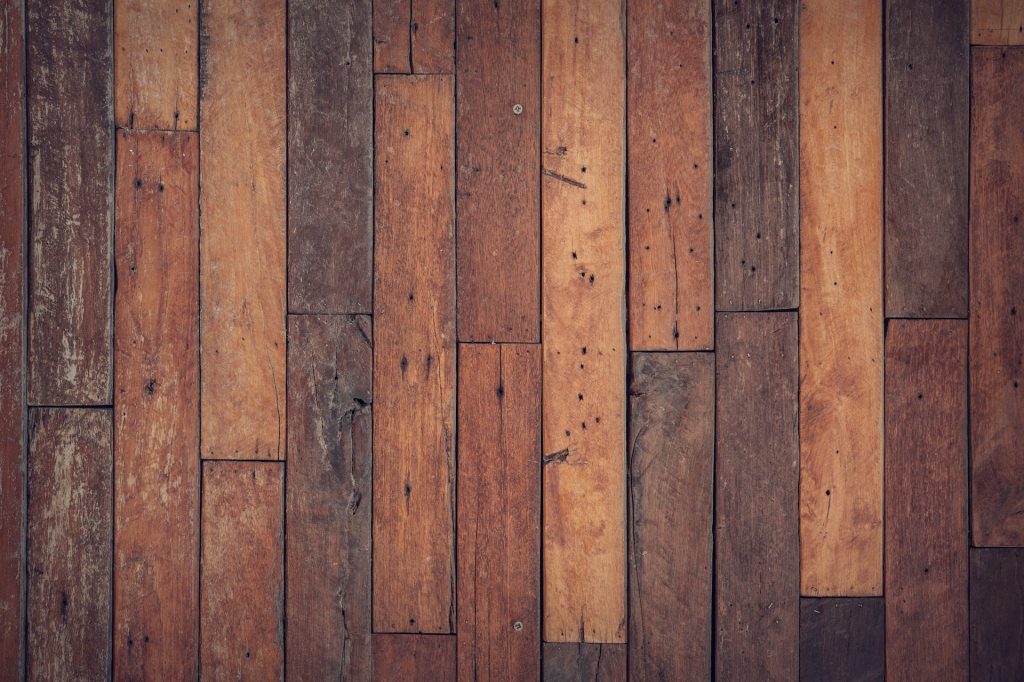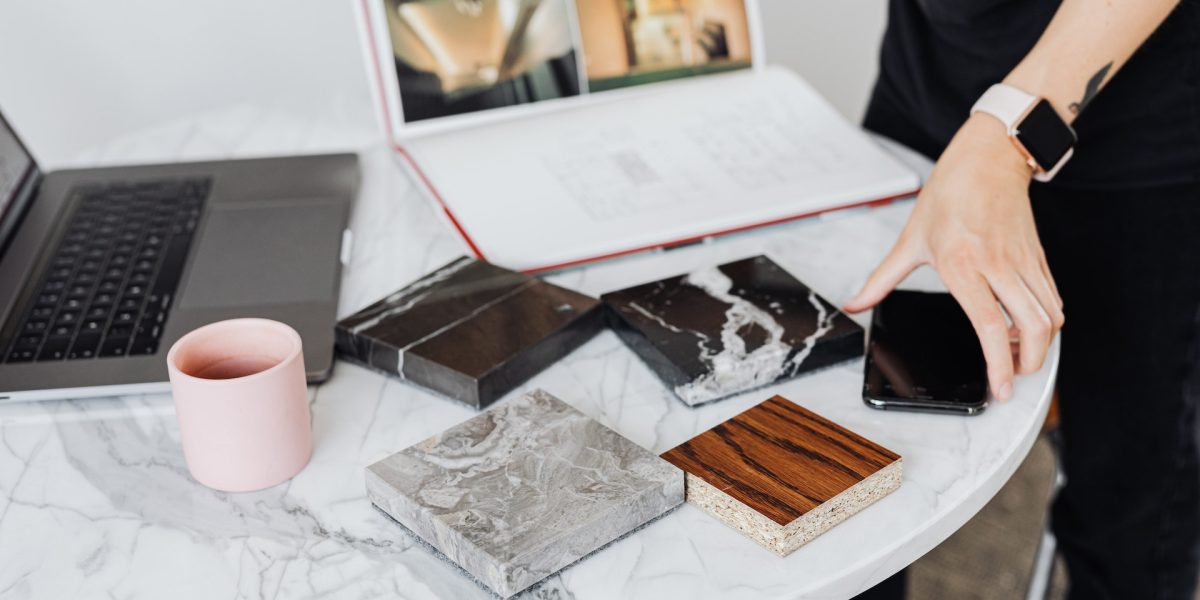Revamp Your Home with Sustainable Choices
If you’re itching for an interior change but also want to be kind to the planet, it’s time to explore eco-friendly design, homeware and materials. Sustainability is the future, and many established manufacturers and emerging makers of furniture and furnishings are underlining their environmental credentials. The good news is, there’s an exciting range of options available for environmentally conscious homeowners and there’s no need to compromise on style.
But first, if the items you’re replacing in your home are still in good condition, list them online, drop them off at a charity shop, or gift them to a local community group or marae. In combination with buying recycled, reclaimed and repurposed items and materials to restyle your home, you’ll do your bit by saving a whole lot of stuff going to the landfill.
Focus on Energy-Efficient Living
Energy conservation means using less energy to lower costs and reduce your environmental impact. Even if you don’t have solar panels on your roof, insulation, heating and cooling can be done in a more efficient and clean way. It’s key to make small changes such as using energy-efficient light bulbs, replacing your air filters, and washing your clothes in cold water. Also, choose specific products that are designed to use less energy.
When you are shopping around for new appliances such as refrigerators, dishwashers and ovens, look for those that are the most energy-efficient. The Energy Rating Label shows which appliances run on less energy and generate fewer emissions. Efficient appliances can reduce energy use by ten to 50 percent, especially if you’re replacing old and outdated devices.
When you build or renovate, you have a fantastic opportunity to insulate your house to the max. Insulating is the most effective thing you can do to keep it warm and save energy. You may also want to think ahead when renovating and install wiring for an EV charging unit, even if you don’t have an electric vehicle yet.
Durable and Sustainable Flooring
Keen to start the revamp of your home with a new floor? There are plenty of ways to do this without having a great impact on the environment. Reclaimed wooden floorboards are a fantastic option if you want a gorgeous new floor but save the trees. These are made from timber that’s salvaged from demolitions, and then machined and reused to create stunning new floorboards. Every floor that’s made from reclaimed wood decreases the demand for virgin wood from forests.

Cork is another great alternative if you want an eco-friendly floor. It’s a renewable material and the ancient practice of harvesting the bark only once every nine years ensures that the trees are not damaged and continue to grow for hundreds of years. Cork has excellent thermal and acoustic properties, is soft and springy, naturally water-resistant and easy to clean. A cork floor can also easily handle heavy foot traffic and lasts for many years.
For the bathroom, home gym or even your kitchen, consider rubber flooring made from recycled tyres. The synthetic materials used in car tyres aren’t biodegradable and as a result, they linger in landfills for years. Tyre-derived rubber floors are one solution to this growing environmental problem. Recycled rubber is a versatile and surprisingly beautiful flooring option and UV-resistant varieties produce extremely durable, long-lasting rubber flooring for outdoors.
Environmentally Conscious Finishes
If your walls are due for a freshen-up, it’s good to know that many paints and finishes are not as harmful and toxic as they used to be. Resene and many other paint brands have a range of paints that are non-toxic and either no-VOC or low VOC. If you’re conscious about your health and that of the planet, Volatile Organic Compounds are chemicals you can do without.
Have you considered limewash for your walls? It’s a great sustainable choice as it is not made from synthetic chemicals but a mixture of natural clays, minerals and pigments that creates a soft weathered patina. The result is a surface that’s infused with colour while being free from solvents and toxins. Limewash also makes your home healthier. Due to its high pH, it boosts air quality by reducing the risk of dampness, and it has anti-allergenic and antibacterial properties.
In days gone by, wallpaper was the quickest way to add colour, pattern and interest to a room. However, because most wallpapers had so many toxic components, this wall treatment method fell out of favour. Thankfully, many responsible manufacturers now offer VOC-free wallpapers, and the design world is embracing wallpaper once again. However, if you want a unique and stylish textured wall, you can also choose renewable materials such as bamboo, grasscloth, burlap, linen and cork.
Eco-friendly and Fair-Trade Furniture
If you’re in the market for new furniture, rugs and decorations to restyle your home, you can browse second-hand and antique stores for treasures. If you prefer buying new, look for design that is environmentally friendly throughout the product development, manufacturing and packaging process. You want to purchase from brands that share your values.
Some standouts are Tréology who rescue trees from rivers and turn them into sustainable luxury furniture, Ico Traders for sustainable wire furniture and homewares, Innate Furniture for beautiful dining tables and eco-friendly bean bags made from sustainable and local materials, and Eco Floors where you will find recycled and eco-friendly floor and wall coverings.
If you, for whatever reason, can’t find what you are looking for New Zealand-made, look for items that are certified Fair Trade. Products certified as Fair Trade ensure equitable trade practices at every level of the supply chain and by choosing them, you can help to reduce poverty, encourage environmentally friendly production methods, and safeguard humane working conditions.

